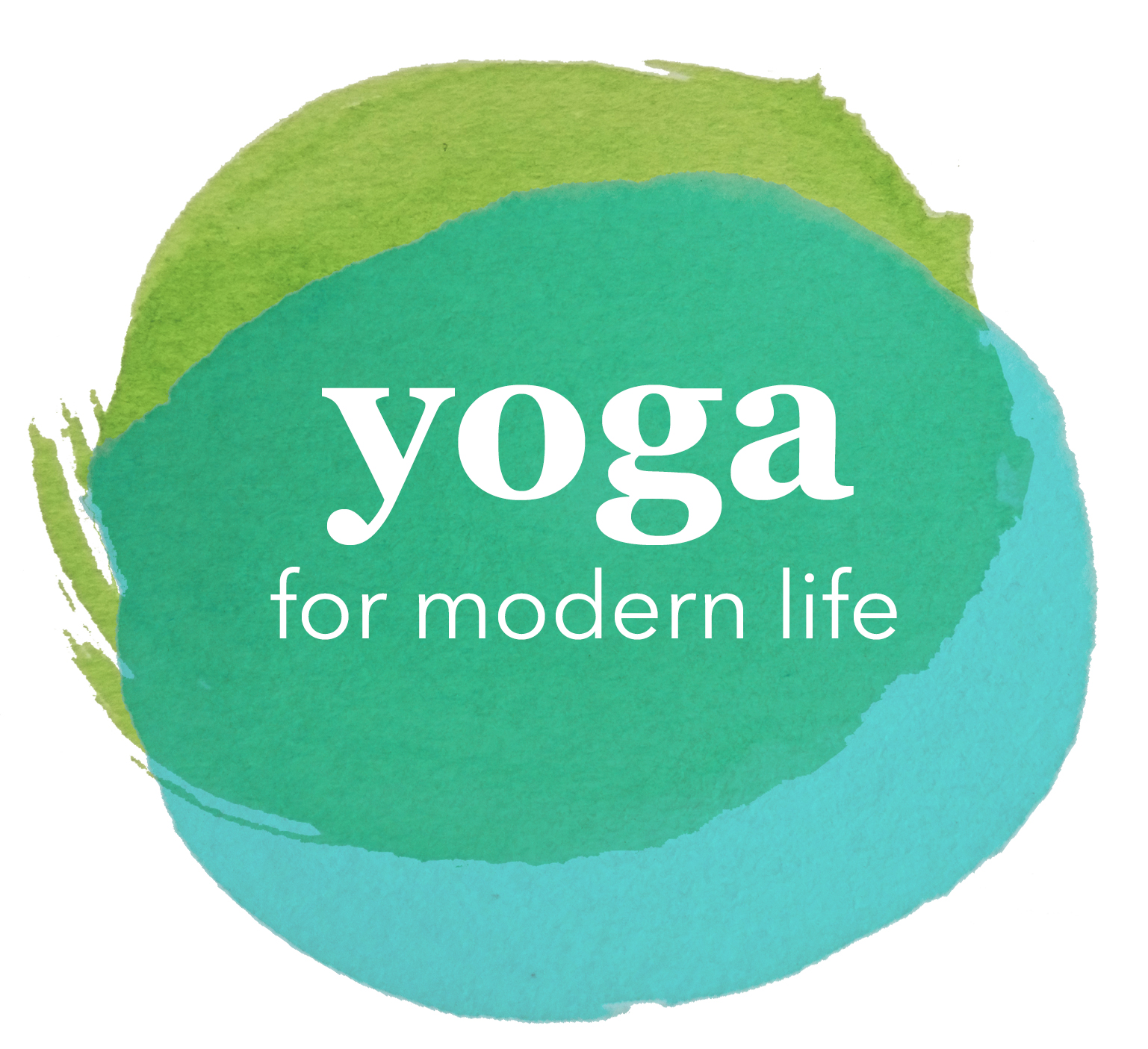Tips for Better Yoga Balances
Tips for better balance in yoga postures
When I'm teaching, particularly during balancing postures, I sometimes see people getting frustrated when they can't maintain their balance and end up falling over. I absolutely understand, It can be so frustrating when others in the class can balance and you can’t-especially when you could do it last week. But balance really is a strange thing - it can really vary day to day, and some people naturally have better balance (just like some people have curly hair). So don’t get frustrated, be willing to wobble and fall out of the pose with a smile, that’s really what yoga balances can teach you. Remember, being able to stand on one leg for five minutes really won’t change your quality of life! But practice will help to improve your balance, so here are some tips to try when coming into a yoga balance.
Calm Your Mind
Yoga aims to unify the mind and body. In order for the balance to be there in a pose, the mind needs to quiet down. If the mind is distracted by what happened before class, or all the things that need to get done after class, it's not able to focus on what's happening in the moment.
In order to calm the mind down, find a place to look in front of you that isn't moving. Gaze at that place (called a drishti), breathe fully, steadily and evenly, and let all thoughts go.
Balance the breathe
If the breath is jagged, forced, or unbalanced then balancing the body will be much harder. Try to bring a sense of evenness and smoothness to your breathing. And bring your attention to the breathe, focusing simply on observing the breath come in and the breath passing out. Nice smooth, steady and gentle deep breaths.
Build the yoga pose from the foundation up
After the drishti is found, begin building the pose from the foundation up. Move slowly and mindfully - there is no rush.
So in a standing balance, being with the feet. Spread the toes to give a wider, stronger foundation. If you can't spread your toes, reach down and manually push them apart. The small muscles in the feet are used to being confined in socks and shoes all day - they're not used to stretching and working, so don't worry if the toes can't spread on their own. After the toes are spread, check out where the weight distribution is in the feet. Some people tend to put most of their weight in the heels, or in the balls of the feet. Aim for an even weight distribution. Then consider what's happening with the arch. This will be an extremely subtle movement, but intend to feel a lift in the arch of the foot. From there, work your way up the body, activating the muscles as you scan your body. Feel grounded down through the feet, rooted and secure in your foundation.
Remember, ultimately yoga is a practice. There is always room for growth, and nothing is really ever truly mastered, so be patient and kind to yourself. Stay disciplined, and practice often, and the postures will come to you in time. And remember, be ready to fall out of the pose with a smile and simply start again or come back to it another day.

